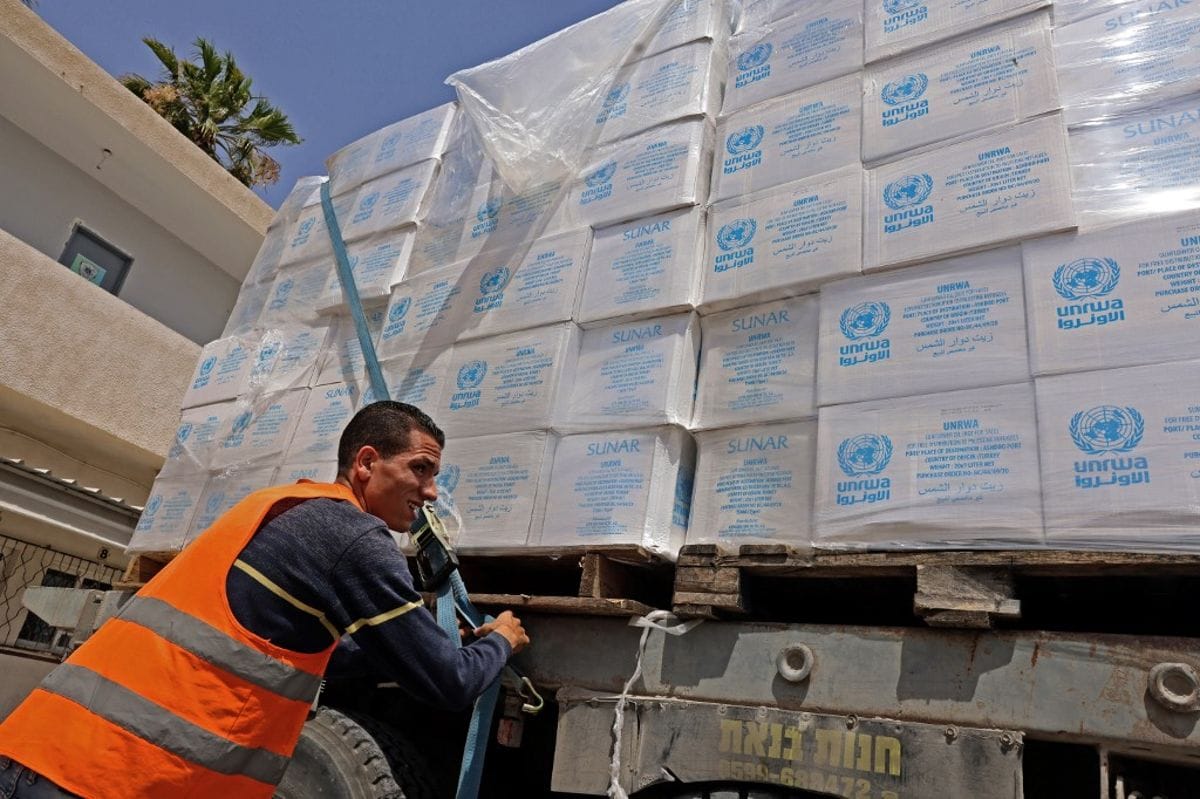In a recent announcement, Israeli Prime Minister Benjamin Netanyahu laid out a new plan for delivering humanitarian aid to the besieged Gaza Strip, an area facing dire shortages of essential supplies. The plan comes at a time when numerous agencies and organizations have highlighted the critical humanitarian situation in Gaza, where residents are struggling to access food, water, and medical assistance. Although the proposal intends to improve the flow of aid, many challenges persist in effectively implementing these measures.
The context of this humanitarian crisis is rooted in the ongoing conflict between Israel and Palestinian factions, particularly Hamas, which has dominated the governance of Gaza since 2007. This long-standing conflict has resulted in multiple military operations, blockades, and restrictions on movement, severely impacting the economic and social fabric of the region. As a result, more than two million Palestinians living in Gaza are in need of urgent assistance.
Netanyahu’s new plan includes assurances to facilitate the entry of additional supplies and aid groups into Gaza. According to government sources, the Israeli Prime Minister emphasized that coordinated efforts with international organizations, including the United Nations and various non-governmental organizations, would be essential for the plan’s success. However, despite these assurances, the actual delivery of goods remains precarious and riddled with bureaucratic hurdles.
Moreover, some observers caution that the recent promises must be viewed through the lens of prior commitments made by the Israeli government. Past attempts to deliver aid have often been disrupted by security concerns, logistical issues, or further escalations in violence. Consequently, skepticism looms over whether Netanyahu’s latest promise will yield significant changes for the population in Gaza.
In his announcement, Netanyahu pointed to recent meetings with international leaders, wherein humanitarian assistance was a focal point of discussion. He expressed optimism about forging stronger partnerships with international aid organizations that facilitate humanitarian operations in conflict zones. However, cooperation with groups like Hamas remains a considerable regulatory concern, as Israel designates it as a terrorist organization.
Critics of the plan have noted that piecemeal aid efforts may not be sufficient to address the systemic issues plaguing Gaza. Many experts assert that sustainable solutions will require a comprehensive approach involving political dialogue, which seeks to address the underlying political and social issues inciting the conflict. Without meaningful political engagement and a framework for peace, many argue that humanitarian assistance alone will not be adequate to lift Gaza out of its prolonged state of crisis.
The situation is further complicated by the ongoing geopolitical dynamics in the region. Recent tensions surrounding the Gaza border have resulted in an increase in hostilities, making the movement of aid even more challenging. Despite international calls for ceasefires and de-escalation, clashes have erupted intermittently, resulting in tragic losses for both sides and further entrenching the humanitarian catastrophe.
On the ground in Gaza, reports indicate that previous aid deliveries have often been minimal, affected by a range of obstacles, including permit delays and security screenings. This has raised concerns among local and international organizations working within the territory, many of which require clear pathways for sustained aid delivery, ensuring that essential items reach families in need.
Public outcry and advocacy for the rights of Palestinians have grown, further emphasizing the need for transparency in the aid process and the importance of ensuring that any aid sent does not fall into the hands of armed groups. In response, Netanyahu’s government has sought to reassure the international community that robust measures are in place to monitor aid and prevent misuse, although many remain unconvinced of the efficacy of these safeguards given the historical context.
As Netanyahu outlines his vision for a new aid strategy, the complexity of the humanitarian situation in Gaza warrants close attention. It highlights the international responsibility to foster both immediate humanitarian relief and a pathway toward long-term peace and stability. As the international community keeps a watchful eye on these developments, the need for effective, timely, and unhindered humanitarian access in Gaza remains a pressing concern.
In conclusion, while Netanyahu’s new plan for aid delivery represents a critical acknowledgment of the need for humanitarian assistance in Gaza, the ongoing operational and logistical challenges pose significant obstacles. It remains to be seen whether these renewed commitments will translate into tangible improvements for the Palestinian population facing severe hardships. To this end, the international community’s role will be crucial in holding all parties accountable and ensuring that humanitarian needs are met in this deeply affected region. The urgency for action has never been more pronounced, and the stakes are high as millions continue to depend on timely aid and support.



